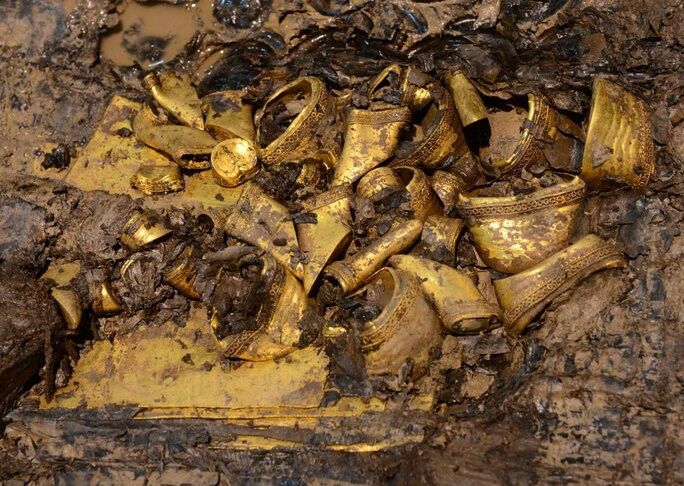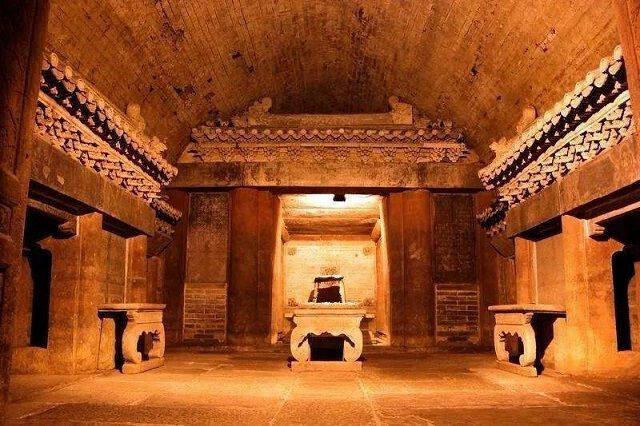Liu Xia, also known as Emperor Liu Ying, was the 9th emperor of the Han Dynasty in China. He ascended to the throne but was deposed after only 27 days due to his perceived depravity, as decided by the Empress Dowager. Following his removal from power, Liu Xia was forced to leave the capital and lived in exile until his death at the age of 33. His tomb, known as the Tomb of the Marquis of Haihun, is currently located in Jiangxi, China.

In 2011, archaeologists discovered this ancient tomb dating back to 74 BC, but it has not yet been fully excavated. So far, approximately 20,000 treasures have been uncovered, including a significant number of gold and other high-value artifacts.
The Jiangxi Provincial Institute of Cultural and Archaeological Relics has conducted preliminary research and statistical analysis on the discovered relics. Despite his exile, Emperor Liu Xia possessed a remarkably abundant collection of riches.

Among the precious artifacts found in the tomb are items made of gold, silver, bronze, and jade. Archaeologists also found a broken lacquer screen in the main chamber, which, after restoration, revealed two portraits. One of these portraits is believed to be the oldest depiction of Confucius.
In addition to gold and other valuable artifacts, more than 5,000 bamboo scrolls containing Confucian classics were discovered. Of particular significance is a precious edition of Confucius’ Analects known as the “Qi version,” which had been lost for thousands of years. Scientists are using infrared scanning to study the texts further.

The tomb also contains five well-preserved chariots, each accompanied by the remains of four sacrificed horses, symbolizing the high status of the tomb’s owner.

Scientists are hopeful that further excavation of this lavish tomb will yield more artifacts. The extensive collection already unearthed provides a wealth of information about ancient China and promises to reveal numerous intriguing and authentic details about the era.




